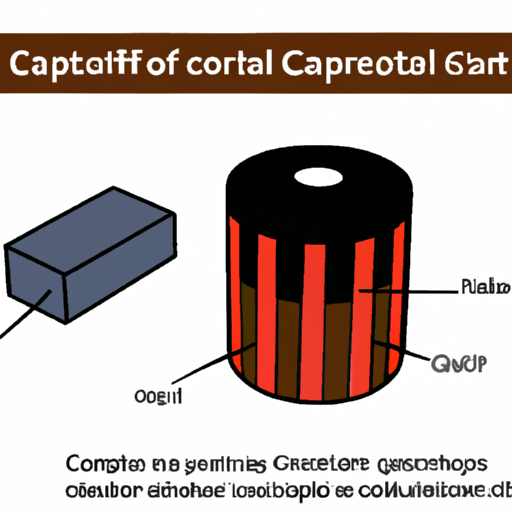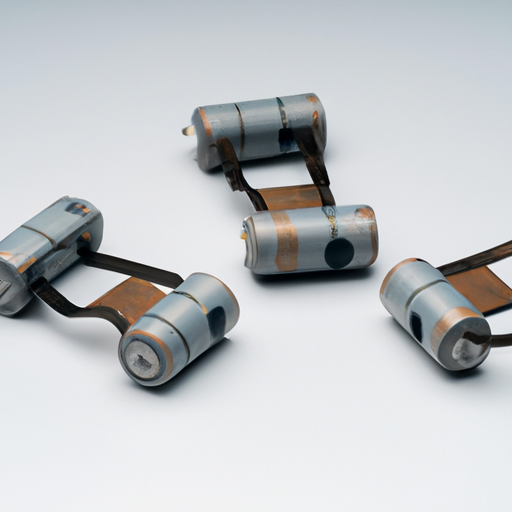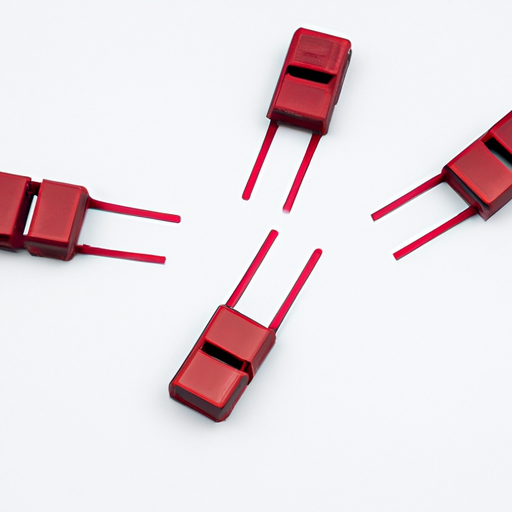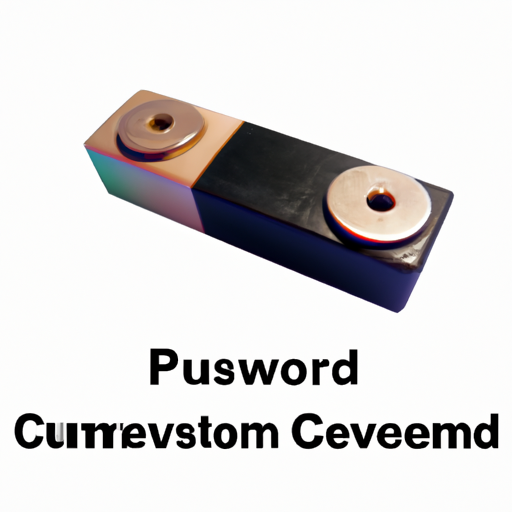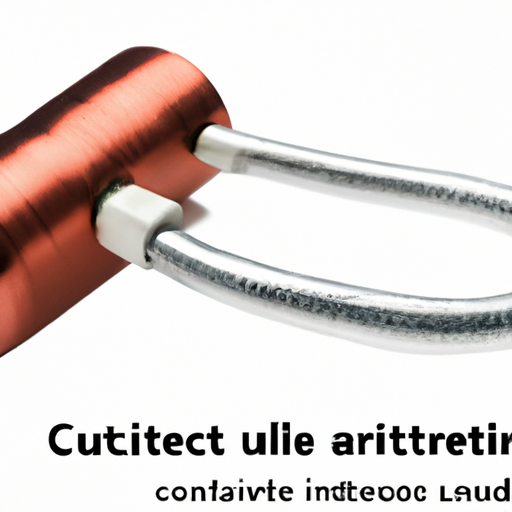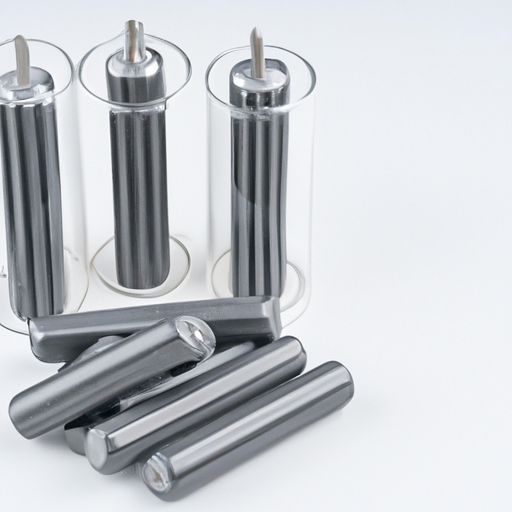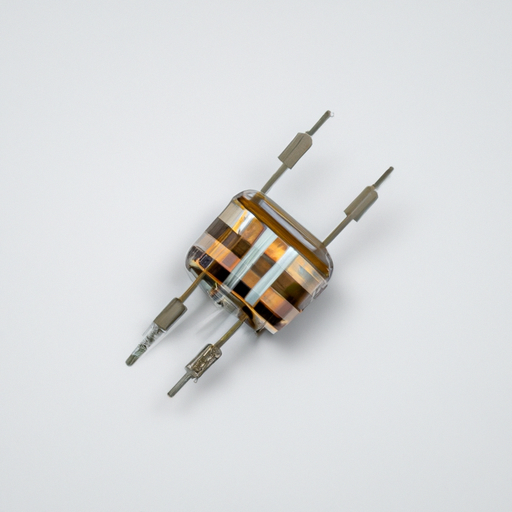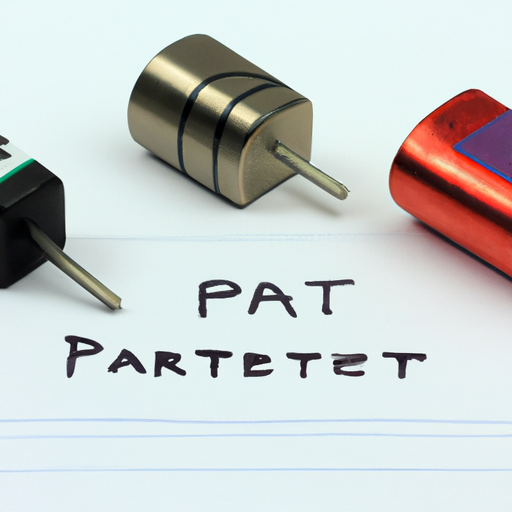What Components and Modules Does a Capacitor Inductor Contain?
I. Introduction
In the realm of electrical engineering, capacitors and inductors are fundamental components that play crucial roles in the functioning of various circuits. Capacitors store electrical energy temporarily, while inductors store energy in a magnetic field when electrical current flows through them. Understanding the components and modules that make up these devices is essential for anyone involved in electronics, whether you're a student, hobbyist, or professional engineer. This article aims to provide a comprehensive overview of the structure, types, and key components of capacitors and inductors, as well as their applications in modern technology.
II. Understanding Capacitors
A. Basic Structure of a Capacitor
At its core, a capacitor consists of two conductive plates separated by a dielectric material. The dielectric is an insulating substance that allows the capacitor to store electrical energy. When a voltage is applied across the plates, an electric field is created, causing positive and negative charges to accumulate on the respective plates. The ability of a capacitor to store charge is quantified by its capacitance, measured in farads (F).
1. Dielectric Material
The choice of dielectric material significantly affects a capacitor's performance. Common dielectric materials include air, ceramic, plastic, and electrolytic solutions. Each material has unique properties that influence the capacitor's capacitance, voltage rating, and temperature stability.
2. Conductive Plates
The conductive plates are typically made of metals such as aluminum or tantalum. The surface area of these plates, along with the distance between them, determines the capacitance value. Larger plates and shorter distances result in higher capacitance.
B. Types of Capacitors
Capacitors come in various types, each suited for specific applications:
1. Ceramic Capacitors
These capacitors use ceramic as the dielectric material and are known for their stability and reliability. They are commonly used in high-frequency applications.
2. Electrolytic Capacitors
Electrolytic capacitors have a higher capacitance value and are polarized, meaning they must be connected in a specific direction. They are often used in power supply circuits.
3. Film Capacitors
Film capacitors use a thin plastic film as the dielectric. They are known for their low ESR and high voltage ratings, making them suitable for audio and RF applications.
4. Tantalum Capacitors
These capacitors are compact and have a high capacitance-to-volume ratio. They are often used in portable electronic devices.
C. Key Components of a Capacitor
Several key parameters define a capacitor's performance:
1. Dielectric Constant
The dielectric constant of the material affects the capacitor's ability to store charge. Higher dielectric constants result in greater capacitance.
2. Capacitance Value
The capacitance value indicates how much charge a capacitor can store at a given voltage. It is a critical specification for selecting capacitors for specific applications.
3. Voltage Rating
The voltage rating indicates the maximum voltage a capacitor can handle without breaking down. Exceeding this rating can lead to failure.
4. Equivalent Series Resistance (ESR)
ESR is a measure of the resistance encountered by the current flowing through the capacitor. Lower ESR values are desirable for high-frequency applications.
III. Understanding Inductors
A. Basic Structure of an Inductor
An inductor typically consists of a coil of wire wound around a core material. When current flows through the coil, a magnetic field is generated around it, allowing the inductor to store energy.
1. Coil of Wire
The wire used in inductors is usually copper due to its excellent conductivity. The number of turns in the coil and the wire's gauge affect the inductor's inductance value.
2. Core Material
The core material can be air, iron, or ferrite. The choice of core material influences the inductor's performance, including its inductance and saturation current.
B. Types of Inductors
Inductors can be categorized based on their core materials:
1. Air-Core Inductors
These inductors do not use a core material, making them suitable for high-frequency applications where low losses are essential.
2. Iron-Core Inductors
Iron-core inductors have higher inductance values due to the magnetic properties of iron. They are commonly used in power applications.
3. Ferrite-Core Inductors
Ferrite-core inductors are made from a ceramic material that has magnetic properties. They are often used in RF applications due to their low losses.
C. Key Components of an Inductor
Several parameters define an inductor's performance:
1. Inductance Value
Inductance is measured in henries (H) and indicates the inductor's ability to store energy in a magnetic field. Higher inductance values are typically used in power applications.
2. Saturation Current
Saturation current is the maximum current an inductor can handle before its inductance decreases significantly. Exceeding this current can lead to core saturation and reduced performance.
3. DC Resistance (DCR)
DCR is the resistance of the wire used in the inductor. Lower DCR values are desirable to minimize power losses.
4. Quality Factor (Q)
The quality factor indicates the efficiency of the inductor. A higher Q value means lower energy losses, making it more suitable for high-frequency applications.
IV. The Relationship Between Capacitors and Inductors
A. Resonance in LC Circuits
Capacitors and inductors are often used together in LC circuits, where they can create resonant frequencies. At resonance, the reactive power of the capacitor and inductor cancels each other out, allowing for maximum current flow.
B. Energy Storage Mechanisms
Both components store energy, but in different forms. Capacitors store energy in an electric field, while inductors store energy in a magnetic field. This complementary behavior is essential in various applications, including filters and oscillators.
C. Applications in Filters and Oscillators
LC circuits are widely used in filters to allow certain frequencies to pass while blocking others. They are also used in oscillators to generate specific frequencies for radio and communication systems.
V. Practical Applications of Capacitors and Inductors
A. Power Supply Circuits
Capacitors and inductors are crucial in power supply circuits, where they help smooth out voltage fluctuations and filter noise.
B. Signal Processing
In signal processing, capacitors and inductors are used in filters to manipulate signals, allowing for the enhancement or suppression of specific frequencies.
C. Radio Frequency Applications
Both components are essential in RF applications, where they help tune circuits to specific frequencies for effective transmission and reception.
D. Energy Storage Systems
Capacitors are used in energy storage systems, such as supercapacitors, which can store and release energy quickly, making them ideal for applications like regenerative braking in electric vehicles.
VI. Conclusion
In summary, capacitors and inductors are vital components in electrical circuits, each with unique structures, types, and key parameters. Understanding these components is essential for designing and implementing effective electronic systems. As technology continues to evolve, advancements in capacitor and inductor technology will likely lead to more efficient and compact designs, further enhancing their applications in various fields.
VII. References
A. Suggested Reading
1. "The Art of Electronics" by Paul Horowitz and Winfield Hill
2. "Fundamentals of Electric Circuits" by Charles Alexander and Matthew Sadiku
B. Academic Journals and Articles
1. IEEE Transactions on Power Electronics
2. Journal of Applied Physics
C. Online Resources and Tutorials
1. Electronics Tutorials (www.electronicstutorials.com)
2. All About Circuits (www.allaboutcircuits.com)
This comprehensive exploration of capacitors and inductors highlights their importance in modern electronics, providing a solid foundation for further study and application in the field.

